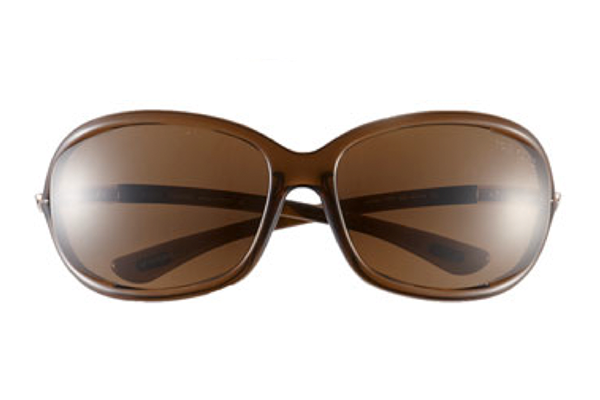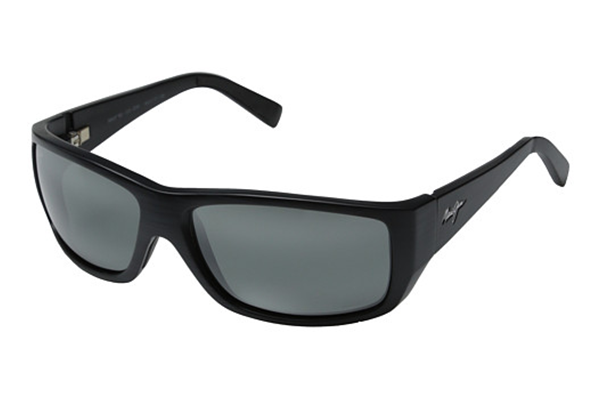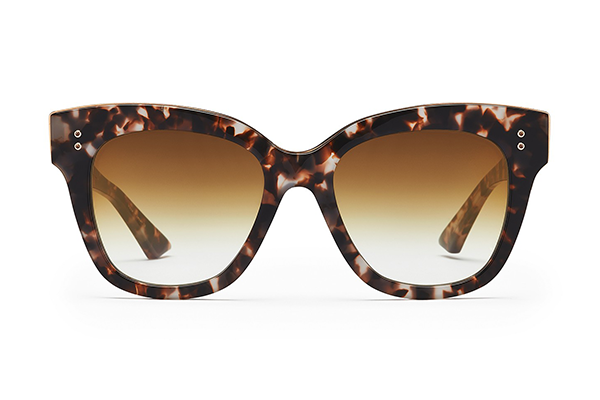The official start of summer is quickly approaching, and you may have already started planning beach days, boat trips and backyard parties. Distracted during these fun outdoor activities, it can sometimes be easy to overlook the importance of protecting yourself from hours of harsh sun exposure. If sunscreen and sunglasses are already in your summer bag, then you’re off to a great start.
Read on to learn more about the dangers of sun exposure and how to best protect yourself.
How does sun damage happen?
You’ve probably seen UVA/UVB protection listed on the labels of your sunscreen or on the stickers of your new JJ Eyes sunglasses, but do you know the difference between the two? According to the American Cancer Society, ultraviolet (UV) radiation is a form of electromagnetic radiation that actually comes in three forms: UVA , UVB, and UVC rays.
UVA rays are the weakest, but you can blame them for signs of premature aging like wrinkles. UVC rays usually don’t make it to Earth to be of too much worry, leaving UVB rays as the most dangerous. UVB rays can cause direct damage to your DNA, leading to sunburns and most skin cancers.
The sun is the main source of UV radiation and UV rays are strongest during spring and summer, making protection during those upcoming summer activities vital to keeping your eyes healthy.
When are you most at risk?
Exposure to UV radiation depends on a variety of factors related to the time of day, the weather and your level of protection. In general, you’re most at risk between 10 a.m. and 4 p.m., when UV rays are at their strongest. You’re also more at risk the closer you are to the equator (read: our Gulf Coast beaches and those Caribbean vacations) and if you’re near reflective surfaces like water, sand or pavement.
And while you may think clouds protect you, UV rays can still get through—some types of clouds can even increase UV exposure.
What are the effects of prolonged sun exposure?
Short-term effects can include freckles, rashes and sunburns. Long-term sun exposure can lead to signs of premature aging like wrinkles, dull or loose skin and age spots, as well as skin cancer.
While you probably already knew that prolonged sun exposure could have harmful side effects to your skin, you might not have known that your eyes are also at risk. Exposure to UV rays can cause a whole host of eye damage including cataracts, macular degeneration and temporary vision loss to name a few.
How can you protect yourself?
Reduce your risk of sun damage by taking the following precautions from the Cleveland Clinic:
- Wear sunscreen with an SPF of at least 30.
- Reapply at least every two hours or more often if you’re sweating or swimming.
- Minimize direct sun exposure between 10 a.m. and 4 p.m.
- Wear protective clothing like large hats.
- Wear sunglasses that filter UV rays.
For help with that last one, look for glasses that block 100% of UV rays. Wraparound-style frames that fit close to your face are a good choice for limiting stray sunlight, as are large frames that offer protection for the skin around your eyes.
Check out our favorite picks below or come into JJ Eyes to see our full selection.
These stylish frames sport protective lenses so you can enjoy your summer without having to worry.
 Tom Ford
Tom Ford

Maui Jim

Maui Jim

Dita



